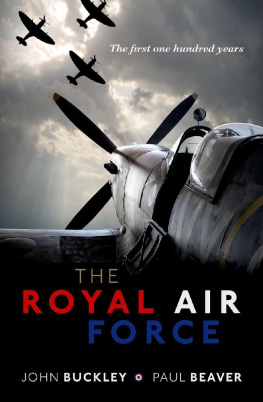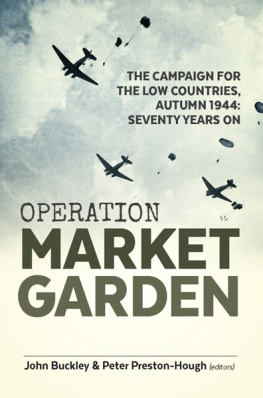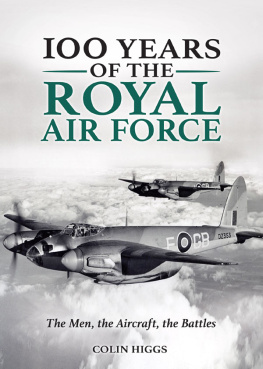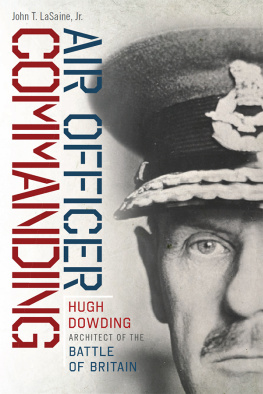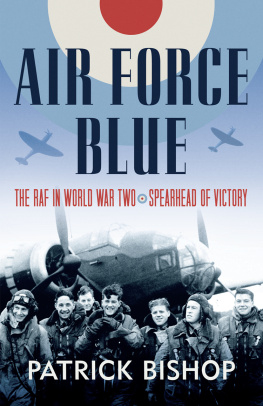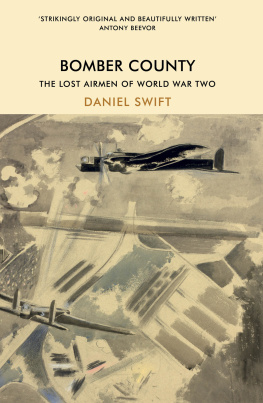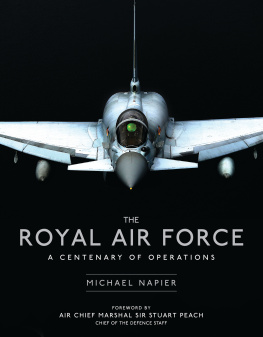Oxford University Press is a department of the University of Oxford. It furthers the University's objective of excellence in research, scholarship, and education by publishing worldwide. Oxford is a registered trade mark of Oxford University Press in the UK and in certain other countries
All rights reserved. No part of this publication may be reproduced, stored in a retrieval system, or transmitted, in any form or by any means, without the prior permission in writing of Oxford University Press, or as expressly permitted by law, by licence or under terms agreed with the appropriate reprographics rights organization. Enquiries concerning reproduction outside the scope of the above should be sent to the Rights Department, Oxford University Press, at the address above
You must not circulate this work in any other form and you must impose this same condition on any acquirer
Published in the United States of America by Oxford University Press 198 Madison Avenue, New York, NY 10016, United States of America
FOREWORD
The Lure of Wings
Frederick Forsyth
All small boys have dreams. If not, they should have. What youngster has never clenched his fists and sworn: one day, when I am grown up, I am going togo, see, do? In my case, seventy-five years ago the short word was fly.
Under the ceiling of my playroom, Spitfires and Messerschmitts, Hurricanes and Focke-Wulfs tangled in endless dogfights. From the walls those who looked down at the five year old in his bunk were no pop stars nor even sportsmen but fighter aces.
From the age of five when I was plopped into the cockpit of a Spitfire by its friendly pilot the oath abided despite the discouragements of schools and career advisers. It had to be the RAF and it had to be the wings of a fighter pilot.
Back then National Service was compulsory but the rumour was that the government would soon end it. All my contemporaries were weaving and diving to become exempted until it was terminated. I was a lone teenager struggling against the tide. To get in, not to be shut out. And it had to be the RAF. At seventeen I made it, illegally young, having wangled the ability to pass for eighteen. The next hurdle was to be accepted for Flying Training Command. Five days at the medical examination centre at long-abolished RAF Hornchurch secured it. Two years later, still nineteen, I was able to match up to an Air-Vice Marshall who pinned on my left chest just above the pocket those lusted-for white wings. It was the proudest moment of my life.
That same year, 1958, with a group of others, stranded by a broken-down aircraft at the French base at Salons, we celebrated the 40th anniversary of the RAF on 1 April.
In its hundred years the Royal Air Force has several times saved this country from disaster. It has been adorned with many Victoria Crosses and other awards. It has become revered in many parts of the world. The old choke up at air displays as Spitfires and Hurricanes, Lancasters and Mosquitoes turn above them. The young gawp as the modern Typhoons and Tornadoes roar overhead. Crowds flock to watch the Red Arrows loop and roll as if welded together.
So here is a written and pictorial record of those amazing and moving hundred years.
surrey
March 2018
Contents
2TAF Second Tactical Air Force
AMRAAM advanced medium-range air-to-air missile
ASRAAM advanced short-range air-to-air missile
ASV air-to-surface vessel RDF/radar
AWACS airborne warning and control systems
BAE British Aerospace
BEF British Expeditionary Force
CAS Chief of the Air Staff
LRASV long-range air-to-surface vessel RDF/radar
MoD Ministry of Defence
NATO North Atlantic Treaty Organization
NCO non-commissioned officer
PFI private finance initiative
QRA Quick Reaction Alert
RAF Royal Air Force
RDF radio direction finding
RFC Royal Flying Corps
RNAS Royal Naval Air Service
RPAS remotely piloted air system
SAR search and rescue
SDSR Strategic Defence and Security Review
UKMFTS United Kingdom Military Flying Training System
USAAF United States Army Air Force
USAF United States Air Force
VLR very long range
WRAF Womens Royal Air Force
In 1949 Air Vice Marshal Edgar Kingston-McCloughry published War in Three Dimensions, a short book in which he considered the profound impact air power had brought to bear upon the conduct of war. An Australian fighter ace of the Great War and a senior commander in the Royal Air Force (RAF) in the Second World War, Kingston-McCloughry had witnessed at first hand the manner in which military aviation had transformed the conduct and nature of war, drawing in whole nations and societies. He argued that the classical principles which had previously governed warfare, prior to the emergence of air power, were in need of systematic revision. But in essence Kingston-McCloughrys title, War in Three Dimensions, is enough to capture the essence of the changes he was highlighting; from the First World War onwards, war between great industrial powers had widened and deepened in impact through the emergence of military aviation. Its reach into the lives of civilians, previously spared many of the harsh physical privations of war, and the enormous and very specific demands air power made on economies and societies, had radically altered the relationship between people, government, and armed forces. By the later twentieth century this was exacerbated by the emergence of nuclear weaponry and ultimately global reach. Still further, throughout this period air power had redefined the battlefield, either on land or at sea, in the most radical way yet witnessed in the modern world.
It was against this backdrop that in April 1918 the RAF, the worlds first major independent air arm, was created, essentially to meet the emerging demands of modern air war. The simple fact that the German air offensive against Britain in the summer of 1917 had been a major factor in driving the formation of the RAF, illustrates how vital confronting the new threat that bombing posed to civilians had become. Military aviation in Britain had clearly existed prior to the RAF in the form of the navys Royal Naval Air Service (RNAS) and the armys Royal Flying Corps (RFC), but the formation by a great power of a new separate air arm was a radical innovation, particularly as it occurred in the heat of the Great War. In reality, the immediate impact of creating the RAF was minimal on air operations and the conduct of the warthe RFC was after all in the midst of desperately resisting the German spring offensive in April 1918but it marked the beginnings of a distinctly modern relationship between this new and technologically minded service and the nation it served.

